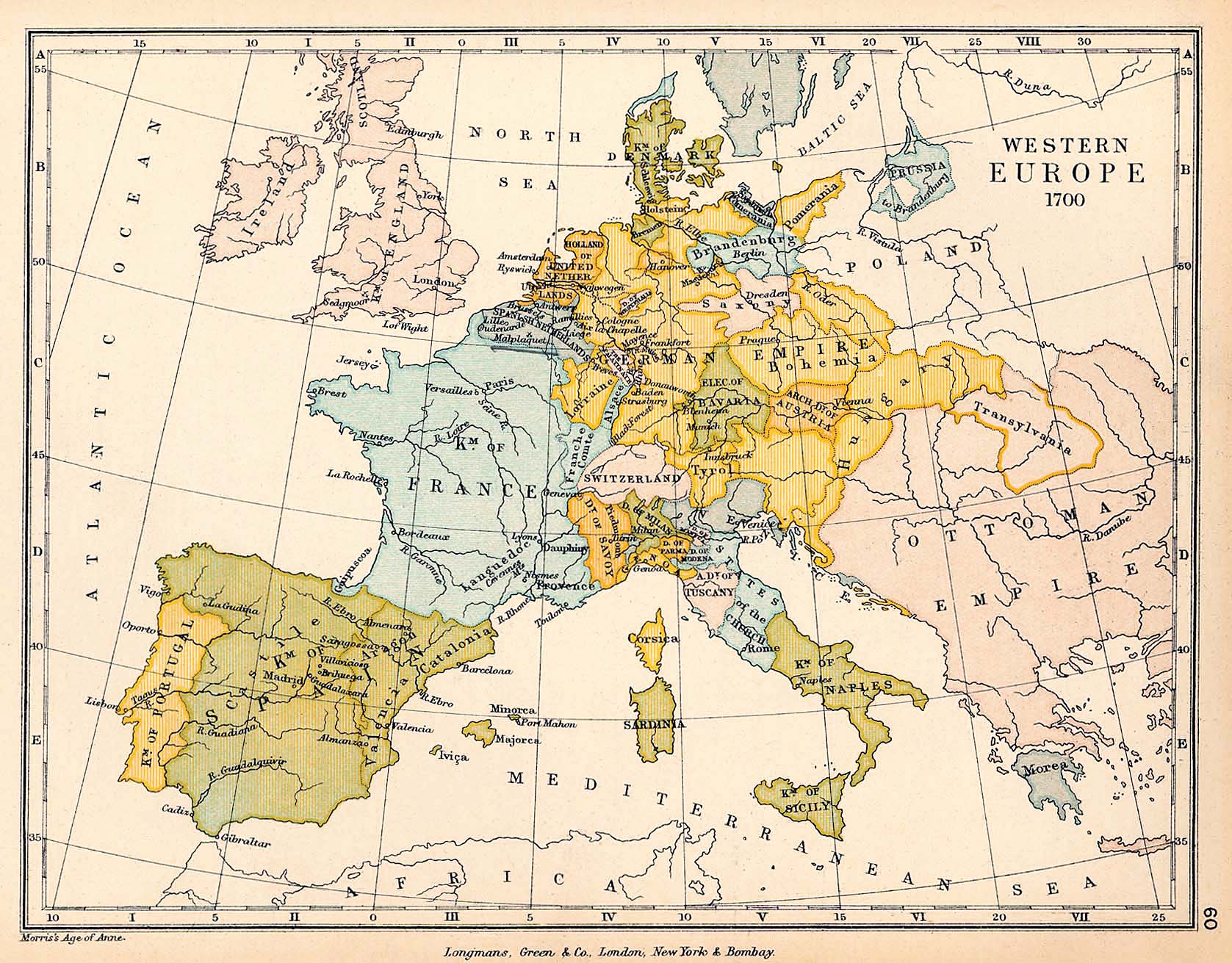After 1945 the nations of western Europe successfully preserved the forms of the sovereign state and the politics of nationalism, while also making real attempts to organize a “free Europe” on a level beyond the national state.
In 1952, as a first step, France, West Germany, and Italy joined with Belgium, the Netherlands, and Luxembourg in setting up a European Coal and Steel Community. It created for their coal and iron industries a free market area of all six nations, in which a joint administrative body could make certain final and binding decisions without the participation of any government officials. Each nation had given up some part of its sovereignty, and the plan was a success.
By the Treaty of Rome in 1957, these same six countries established the European Economic Community (EEC), better known as the Common Market, with headquarters in Brussels. This was the beginning of closer economic union under a central administration of delegates from each partner nation.
The treaty also provided for increasing powers over trade, production, immigration, currency, and the transport of goods for the Common Market, according to a carefully worked out schedule. Each nation moved toward mixed economy—free enterprise under government regulation. By the late 1970s the success of the Common Market had made western Europe competitive with the United States.
In 1973 Britain joined the Common Market; tariffs between member nations, now including Greece, Eire, Spain, Belgium, Luxembourg, the Netherlands, Italy, and Germany, were eliminated; labor migration among members grew. Visas were abolished, so that citizens of member countries could pass from one country to another with ease.
Common policies on railway and highway construction, on the adoption of the metric system, and on the relative value of national currencies were adopted. Power relations shifted further in 1973 as the United States withdrew from Vietnam and the oil producing nations joined together to affect oil prices and supplies. By the 1980s serious discussion of a common currency, the Eurodollar, made it clear that, despite disagreement and disappointments, the basic idea of the Common Market was sound.

